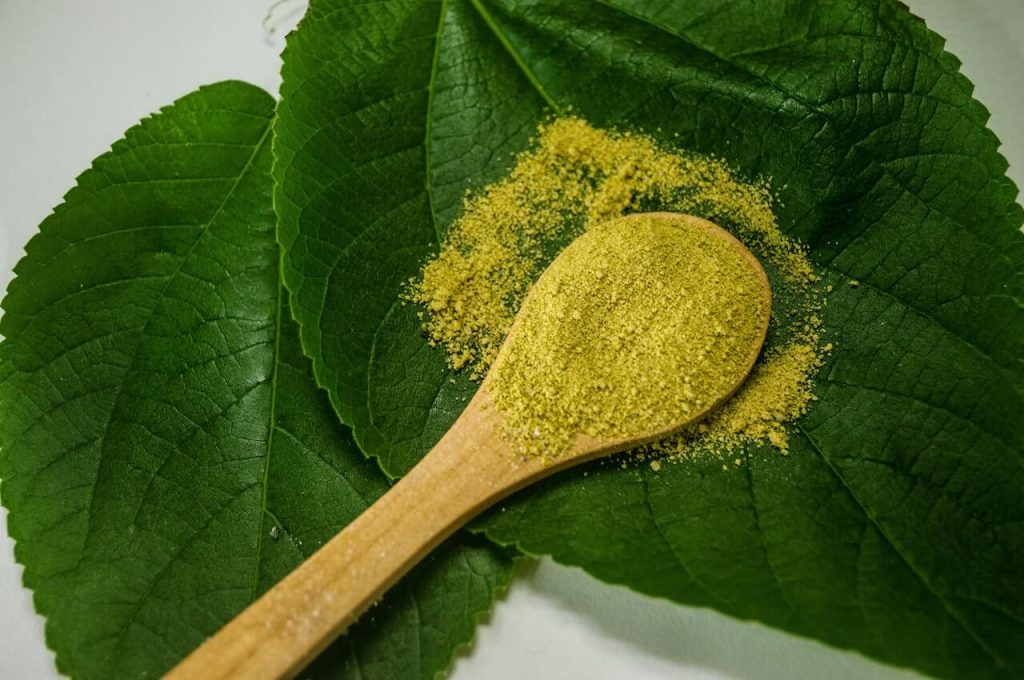Kratom, a natural herb derived from the leaves of the Mitragyna speciosa tree native to Southeast Asia, has increasingly gained attention for its potential to enhance mood and overall well-being. Traditionally used in countries like Thailand and Malaysia for its stimulant and sedative effects, kratom’s active compounds, mitragynine and 7-hydroxymitragynine, interact with the brain’s opioid receptors, influencing mood and emotional state. This interaction can result in a range of effects, making kratom a popular choice for those seeking mood swings in a natural form. One of the primary reasons individuals turn to kratom is its ability to elevate mood. Many users report experiencing a noticeable improvement in their emotional state after consuming kratom. This mood-enhancing effect can be attributed to its ability to increase dopamine and serotonin levels in the brain, neurotransmitters that play crucial roles in regulating mood, pleasure, and happiness. In moderate doses, kratom often produces a sense of euphoria and well-being, which can help individuals feel more positive and optimistic. This can be particularly beneficial for those dealing with daily stressors or feeling down, providing a temporary boost that can improve overall quality of life.

Kratom’s mood-enhancing properties are also linked to its ability to increase energy and motivation. At lower doses, kratom acts as a stimulant, enhancing alertness and focus, which can help individuals feel more engaged and motivated in their daily activities. This increase in energy and motivation can contribute to a more positive outlook, as individuals are better able to tackle tasks and achieve their goals. For those who struggle with fatigue or lack of motivation, kratom’s stimulating effects might offer a much-needed lift, fostering a more active and fulfilling lifestyle. However, it is important to approach kratom with an understanding of its potential risks and limitations. While many users report positive effects on mood, there is a lack of comprehensive scientific research to fully validate these claims. Kratom’s effects can vary significantly depending on the dose and individual response. At higher doses, kratom can have sedative effects, which might counteract its mood-enhancing properties and potentially lead to feelings of drowsiness or lethargy.
Additionally, because kratom interacts with opioid receptors, there is a risk of dependency and addiction, particularly with prolonged use or high doses and Click Here. This potential for addiction underscores the importance of using kratom cautiously and being aware of its potential for abuse. Moreover, the legal status and quality of kratom products can vary widely, affecting both its safety and efficacy. In some regions, kratom is banned due to concerns over its safety profile, while in others, it is available as a dietary supplement with varying levels of regulation. This variability can impact the purity and consistency of kratom products, adding another layer of risk for users. In summary, while kratom may offer mood-enhancing benefits and a natural alternative for those seeking to feel their best, it is essential to use it responsibly and with careful consideration of its potential risks. Users should approach kratom with a balanced perspective, recognizing both its potential benefits and limitations, and ideally consult with a healthcare professional before incorporating it into their routine.
